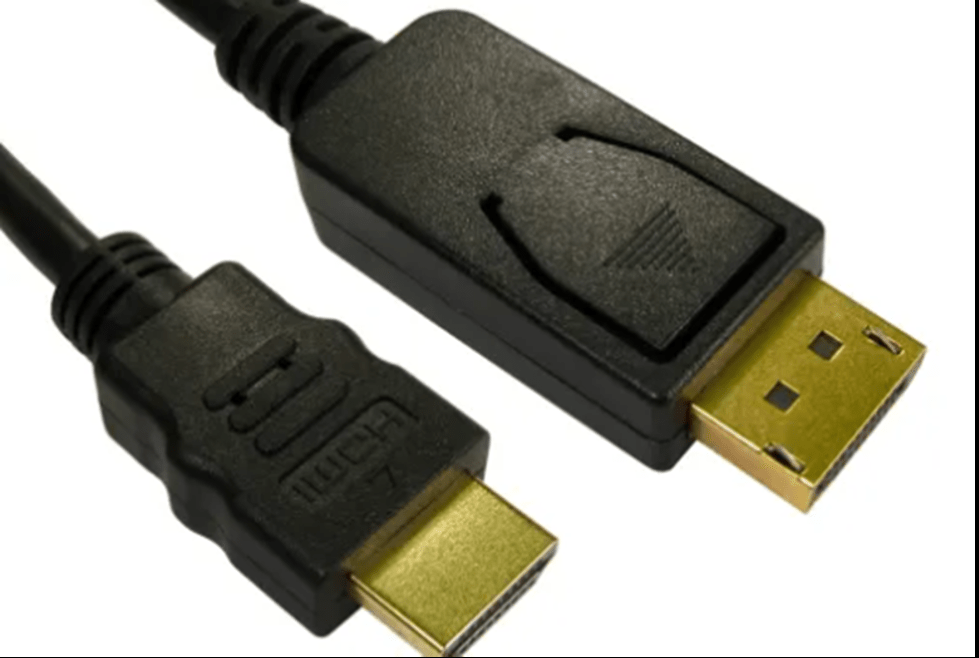


In this digital world, we are finding new and improved ways to bring digital projections to life. In this high definition world, anything less than the best just won’t do anymore. But in order to get the proper display, you need to have the right connections.
Display ports have been the king of the display world for computers everywhere. If you don’t know about this fantastic connection, then it is time to learn more about what display ports can bring to the table.
Before you run out to get a port display cable from a trusted vendor like RS, it helps to know what they are used for. Basically, a display port is a kind of digital video/audio connection that can be connected to standard computers as well as any other compatible device. They are versatile enough to be used for personal computers, gaming, business presentations, and even in the arts.
This type of cable transmits both audio and video signals from the computer into some kind of external display like a monitor or projector. Since display ports also carry power, they can be used to power compatible devices as well. The goal of the display port is to replace older connections like DVI, VGA, and HDMI.
The cool thing about display ports is that they can be used for a litany of uses. A display port cable can be connected to any device it is compatible with. We think about it mostly being used with computers, but they can hook up to televisions, projectors, monitors, and even some HDTVs that support the display port standard.
Whatever you intend on using this cable for, make sure that you check the standards of the device before you buy one. For instance, not all HDTVs support the full capabilities of what a display port cable can bring to the table. Some HDTVs might not be able to support the power transmission aspect of the cable, for instance.
Compared to the more traditional analog cables out there, display port cables offer serious advantages. The first and perhaps most important is that it supports higher resolutions, especially at higher refresh rates than you would find in DVI, VGA, or even HDMI. That is critical for things like gaming, where even a slightly clearer picture can wind up making a huge difference.
Display port cables are also able to send audio and video signals with far less compression than any of those other connections. For gaming especially, that results in maximum fidelity and image quality. The transfer of data is also much faster than the other standards, so larger files are able to be sent far faster than with other cables. Finally, it requires far fewer cables compared to analog since display port cables also carry power as well as audio/visual data.
Another cool thing about using the display port on your laptop is that you can use a built-in adapter (most new laptops come with them) to easily connect to an HDMI or VGA display. Even if you don’t have a built-in adapter, there are plenty of third-party options out there to choose from.
Some of those will not only do the same job as the built-in adapter but will have additional features like ethernet connections or USB ports for greater compatibility. The more connections you can have in one device, the better.